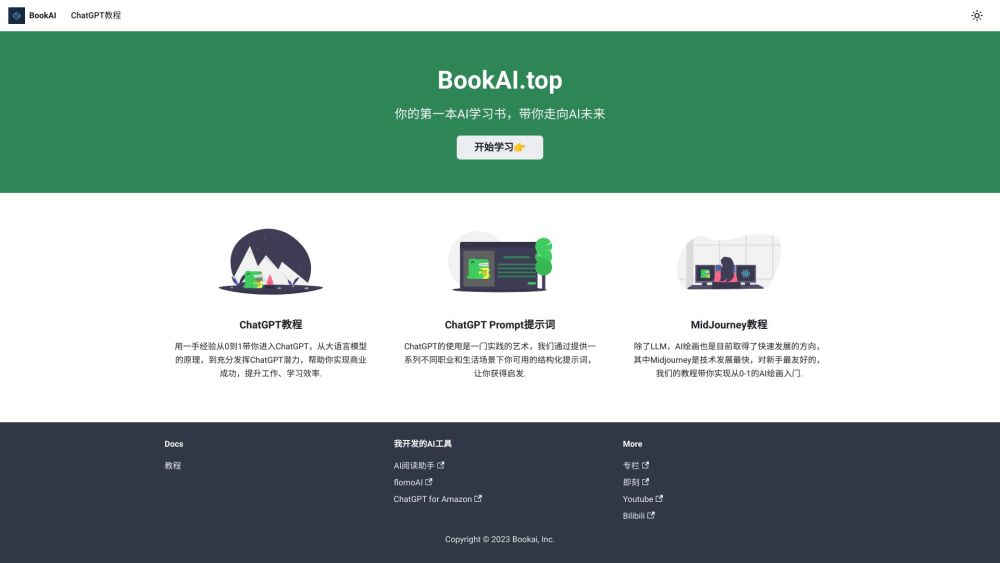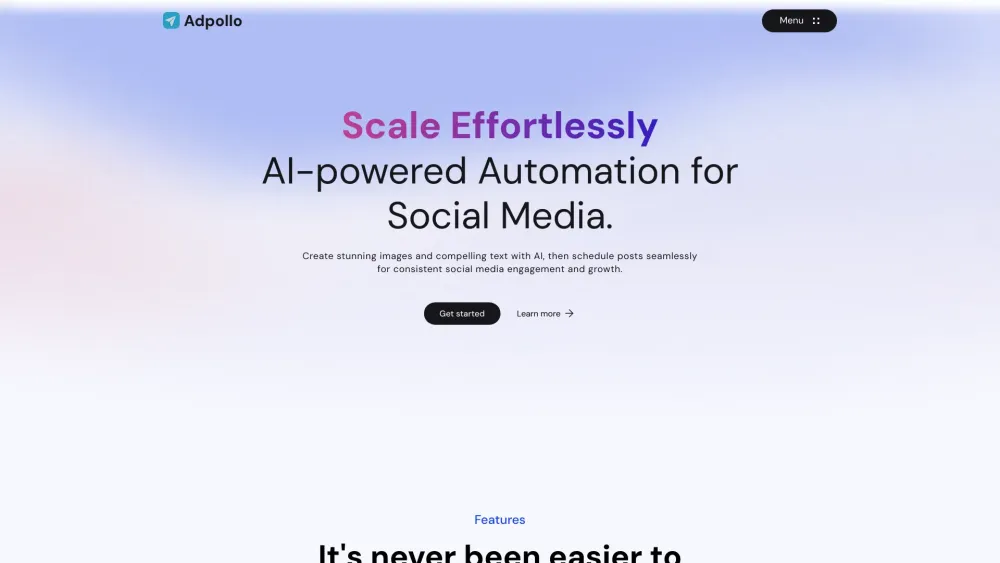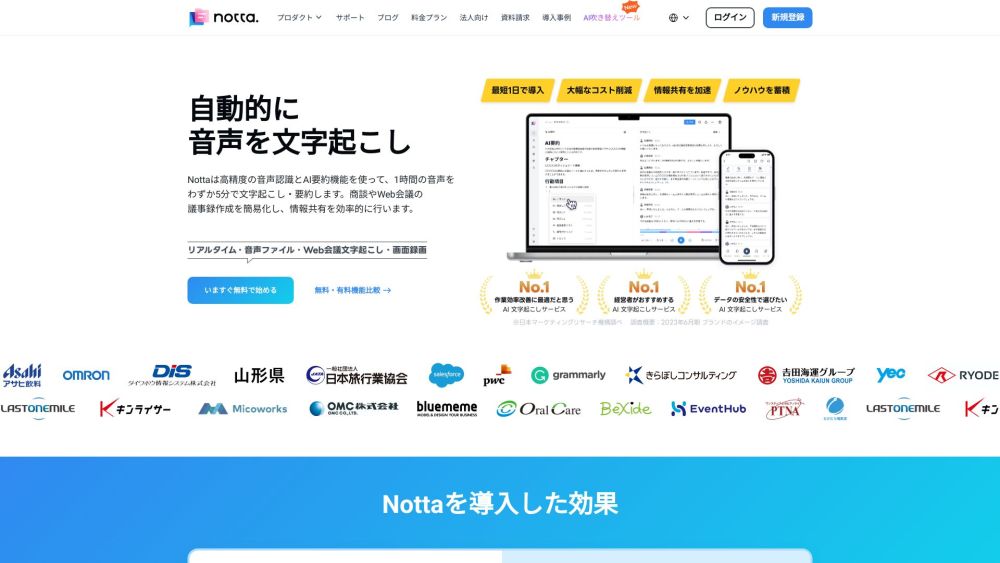On August 1, the EU's Artificial Intelligence Act officially came into effect, marking a significant step in the global regulation of artificial intelligence. As the first comprehensive framework for AI oversight, this legislation raises questions about its impact on Chinese AI companies and the regulatory approaches they will need to adopt.
The Act categorizes AI systems into four risk levels: prohibited, high risk, limited risk, and minimal risk, each with varying compliance standards. High-risk AI systems, such as autonomous vehicles, medical devices, credit decision-making systems, educational assessment tools, and remote biometric identification systems, are at the forefront of scrutiny due to their implications in critical areas like healthcare, public safety, and transportation. Consequently, the Act imposes stringent transparency obligations on these systems.
Furthermore, all AI-generated content—whether text, audio, or video—must be clearly labeled to mitigate concerns over misinformation. The regulations also prohibit the use of AI systems that pose a significant threat to users' fundamental rights, with penalties for non-compliance reaching up to €35 million or 7% of global annual revenue, whichever is higher.
The implementation of these regulations will be phased to allow companies an adjustment period. Certain provisions will come into effect within six to twelve months, while most will start on August 2, 2026. Notably, the Act's jurisdiction extends beyond the EU, affecting companies that operate in EU markets, which amplifies its international influence.
As the new rules unfold, the landscape for AI applications is expected to become more regulated. Industry experts view the Act as a high-standard benchmark that may guide legislation in other regions. However, there are concerns that the compliance requirements may escalate operational costs for AI companies. Early predictions suggest that the Act could lead to economic losses in the EU exceeding €30 billion over the next five years and potentially increase compliance costs in the AI sector by nearly 17%.
Some legal professionals view the requirements for transparency and personal data protection as beneficial for consumers, but note that the strict regulations will necessitate greater resource investments from participants in the AI value chain. Certain companies might reconsider their market entry strategies or even decide against entering the EU market altogether due to elevated compliance costs.
For Chinese AI firms seeking to enter the EU, compliance pressures and costs will likely rise. Beyond financial implications, firms may also face challenges in navigating differing value perspectives between the EU and China. Adapting to these regulatory standards may require adjustments not only operationally but also in corporate values and approaches.
The enactment of the Act presents a dual challenge for Chinese companies: they must realign their operations to meet EU compliance standards while also reconciling different regulatory frameworks across various countries. Concerns have been raised about the potential stifling of technological innovation due to stringent regulations, especially for startups and suppliers of high-risk AI systems. Nevertheless, some analysts believe that as compliance systems mature, companies may ultimately be incentivized to innovate in ways that lower compliance costs and foster the development of a more standardized AI industry.
The Act serves as a regulatory tool, but the specific compliance requirements will vary by company. A disproportionate number of firms classified as high-risk could hinder overall innovation within the sector.





